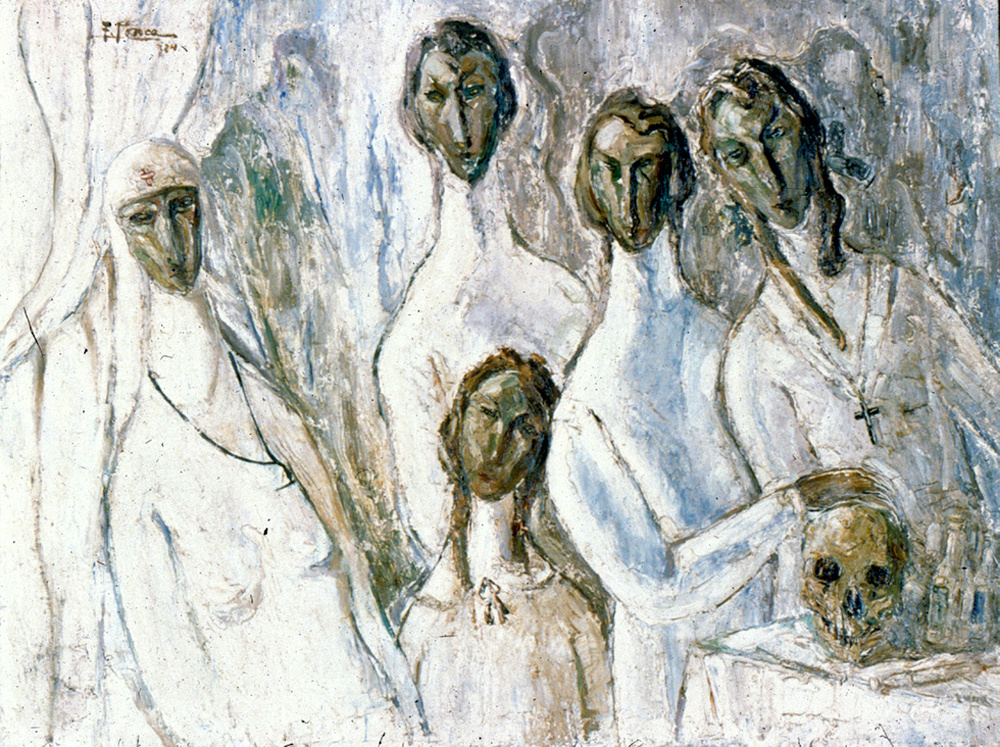
An enlightening presentation by Dr. Federico Justiniani on the history of tuberculosis in Cuba, with an introduction on the origins of the ailment on the planet, dating back 15,000 to 20,000 years ago, bringing to the forefront prominent scientists who contributed through their discoveries to a successful treatment, and culminating in the history of tuberculosis on the Island, from its first recorded case in 1791.
The presentation will be followed by a Q&A with the author via Zoom, moderated by Ricardo Gil, head of our History Program.
[Image above: Tuberculosis (1934) by Cuban painter Fidelio Ponce (1895-1949).]
GENERAL ADMISSION: FREE
TO WATCH THE PRESENTATION, CLICK HERE ON THE SCHEDULED DATE AND TIME:
[to come]
To participate in the Q&A via Zoom after the streaming, click here:
https://us06web.zoom.us/j/89526024766
This event is part of our CreateNYC Language Access Series on Cuban History, Art, and Literature. It will be held in Spanish.
Dr. Federico R. Justiniani was born in Havana in 1929. After graduating with honors from the University of Havana, he completed a residency in internal medicine at the General Calixto García University Hospital, and had his own practice until leaving for exile in the United States in 1964. He did a second residency in internal medicine at Mount Sinai Medical Center in Miami Beach, where he became board certified. He practiced at that institution from 1969 until his retirement in 2010, serving as Director of Medical Education for more than 25 years, and also teaching at the School of Medicine at the University of Miami, attaining a full professorship in 1990. Dr. Justiniani has published in scientific journals in the U.S. and abroad, has been guest lecturer at numerous institutions in Latin America, and has been the recipient of multiple awards and honors for excellence in teaching, including the distinction of Master from the American College of Physicians.
a residency in internal medicine at the General Calixto García University Hospital, and had his own practice until leaving for exile in the United States in 1964. He did a second residency in internal medicine at Mount Sinai Medical Center in Miami Beach, where he became board certified. He practiced at that institution from 1969 until his retirement in 2010, serving as Director of Medical Education for more than 25 years, and also teaching at the School of Medicine at the University of Miami, attaining a full professorship in 1990. Dr. Justiniani has published in scientific journals in the U.S. and abroad, has been guest lecturer at numerous institutions in Latin America, and has been the recipient of multiple awards and honors for excellence in teaching, including the distinction of Master from the American College of Physicians.
This event is supported, in part, by public funds from the New York City Department of Cultural Affairs in partnership with the City Council
![]()
With the promotional cooperation of
 and
and
![]()